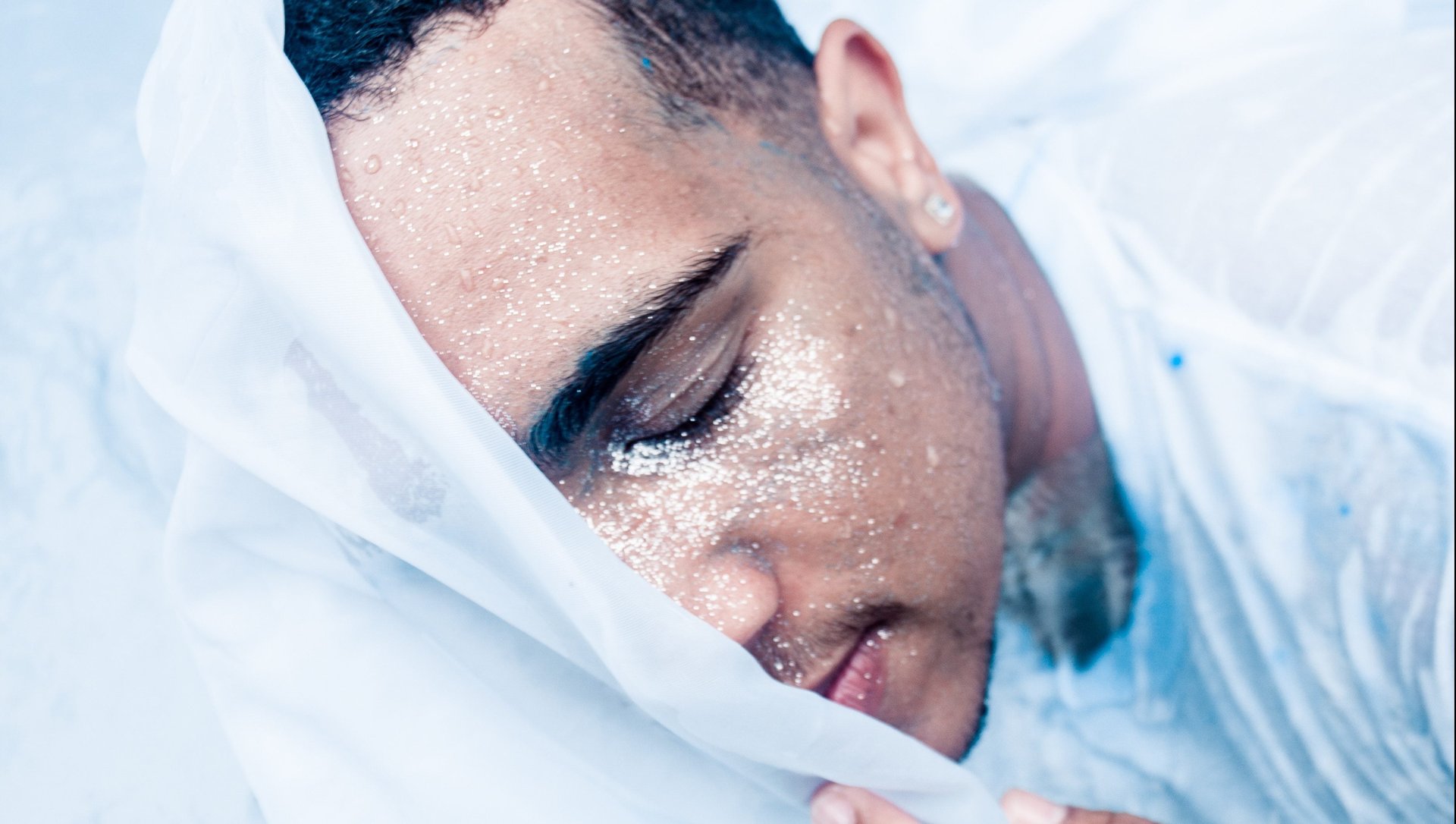The UK’s impending microbead ban has a gray area: glitter
Microbeads, those tiny plastic environmental disasters in your face wash, have become such a menace to waterways that the UK will ban them beginning next year, following a similar move by the US in 2015.


Microbeads, those tiny plastic environmental disasters in your face wash, have become such a menace to waterways that the UK will ban them beginning next year, following a similar move by the US in 2015.
But what about glitter?
That powdery symbol of flamboyant joy is, yes, also very bad, say scientists, and should be included in the microbead ban, reports the Independent.
Most glitter is made of a combination of aluminium and a plastic called PET, making it every bit as much of a microplastic problem as microbeads. Glitter that serves as an ingredient in “rinse-off” cosmetics (like shimmery moisturizer, for example) will be covered by the UK’s ban, according to the UK regulatory agency, but the types of craft glitter beloved by school children and pride parades alike won’t be.
“That stuff is going to escape down the plughole and potentially enter the environment,” Richard Thompson, a marine biologist at Plymouth University, said. “I think all glitter should be banned, because it’s microplastic,” Trisia Farrelly, an environmental anthropologist at Massey University, added.
But life need not lose its reflective lustre. Glitter doesn’t have to be made of plastic. One UK company, called Eco Glitter Fun, makes a convincing alternative from a biodegradable cellulose film. “No one knows that glitter is made of plastic,” Noemi Lamanna, co-founder Eco Glitter Fun, told the Independent. “We were heartbroken when we found out.”